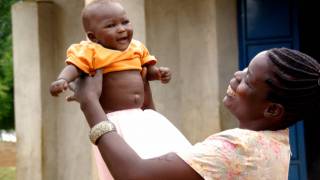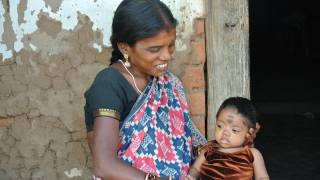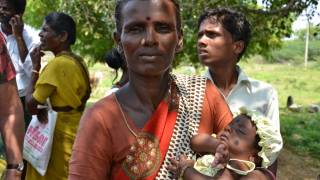Why Are Children ‘Missing’ Rotavirus Vaccinations?

According to new research published by the Academy of Pediatrics, only 71 percent of the infants were fully immunized against rotavirus, the most common cause of children severe gastroenteritis.
And, 14 percent of these children had not received any rotavirus vaccination, reported this research team led by Robert A. Bednarczyk, Ph.D., Emory University, Atlanta, Georgia, on May 1, 2019.
Addressing missed ‘rotavirus vaccination opportunities’ is essential to achieving the 80 percent target outlined by Healthy People 2020, said these researchers.
Missed opportunities for rotavirus vaccination were identified using guidelines from the Advisory Committee on Immunization Practices (ACIP) and the World Health Organization (WHO).
Among the 14 percent of 19 to 35-month-old children included in the 2014 National Immunization Survey, who received no doses of the rotavirus vaccine:
- 72 percent had ≥1 ACIP-defined missed opportunities
- 83 percent had ≥1 WHO–defined missed opportunities
Moreover, the child’s socioeconomic status plays a significant part. This study found:
- lower socioeconomic status increased the likelihood of being unvaccinated for rotavirus
- higher socioeconomic status increased the likelihood of having missed opportunities to complete the rotavirus vaccine series
Each year, the vaccine prevents an estimated 40,000 to 50,000 hospitalizations among U.S. infants and young children, says the Centers for Disease Control and Prevention (CDC).
Two rotavirus vaccines are currently licensed for infants in the United States:
- RotaTeq (RV5) is given in 3 doses at ages 2 months, 4 months, and 6 months,
- Rotarix (RV1) is given in 2 doses at ages 2 months and 4 months.
The first dose of either vaccine should be given before a child is 15 weeks of age. Children should receive all doses of rotavirus vaccine before they turn 8 months old, says the CDC.
Both rotavirus vaccines are given by putting drops in the child’s mouth.
Related rotavirus news:
- Rotavirus Vaccination Decreased Type 1 Diabetes Incidence by 14%
- Rotavirus Vaccinations Create ‘Herd-Immunity’
- Infant Diarrhea Deaths Reduced 1/3 By Rotavirus Vaccination
These researchers concluded saying ‘understanding how to close these missed vaccination opportunities and developing effective public health measures to promote vaccine use is essential.’
Our Trust Standards: Medical Advisory Committee


























